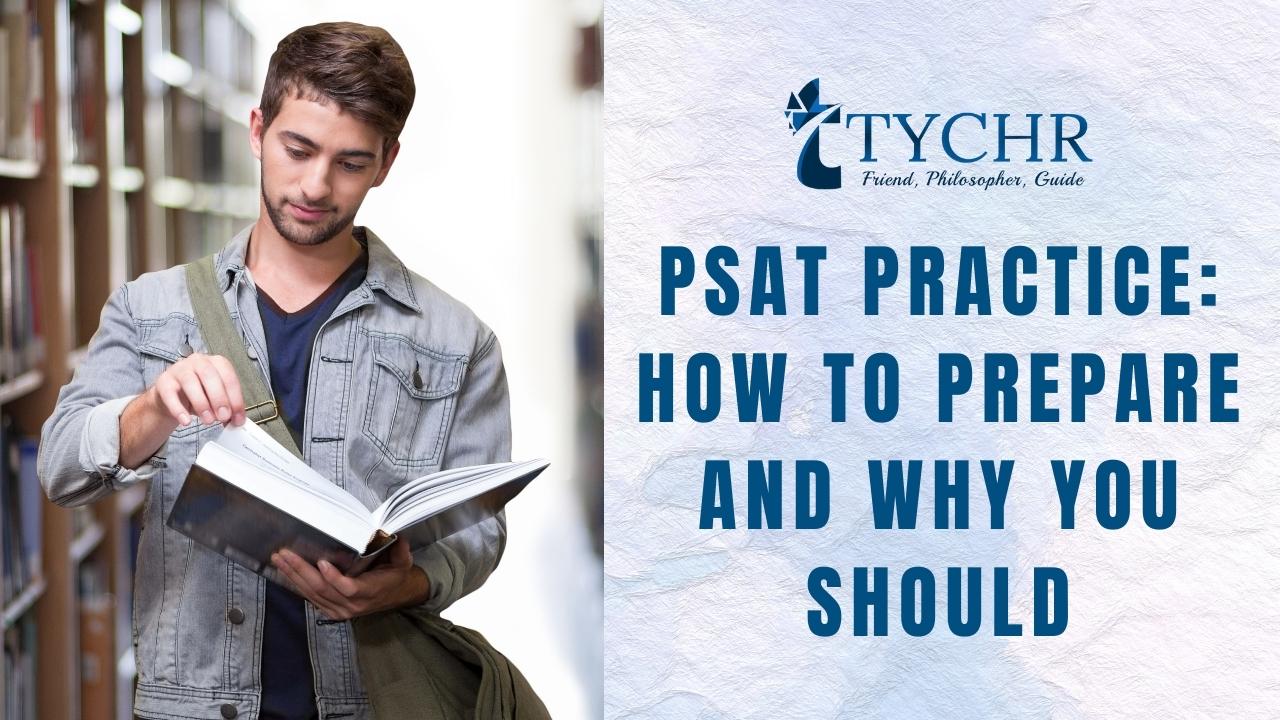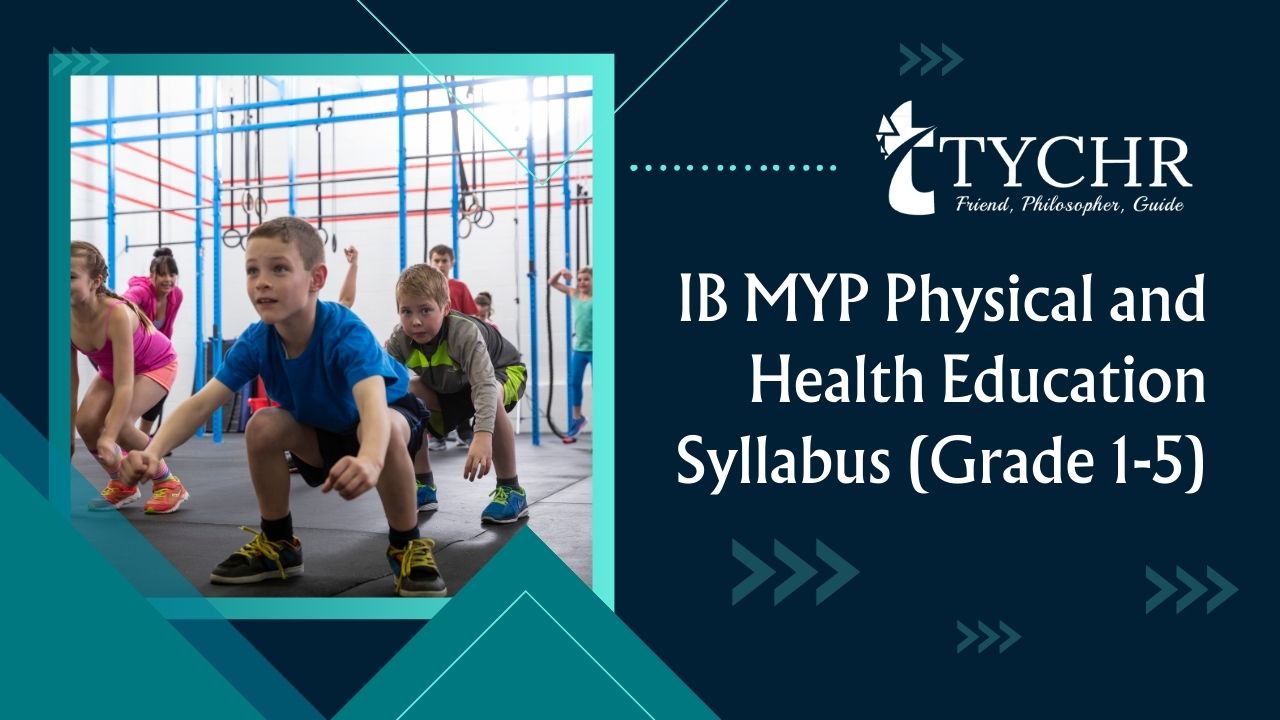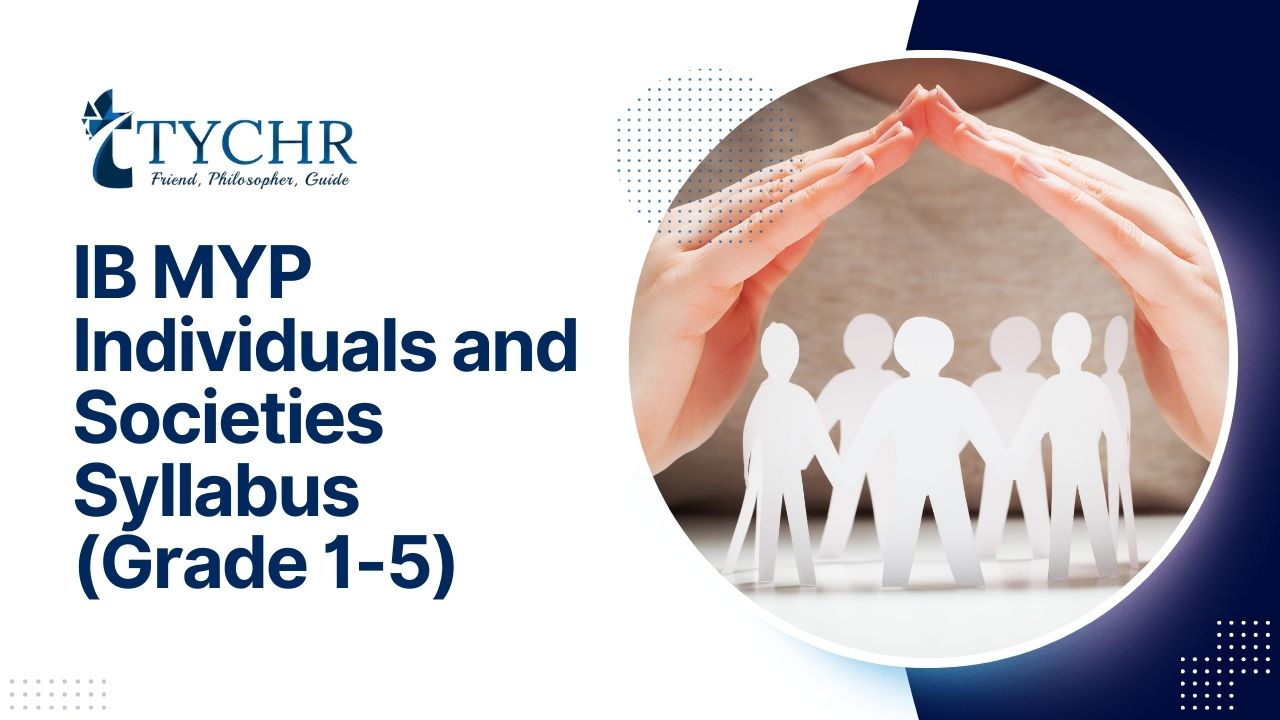Table of Contents
Are you a high school student preparing for college? If so, the PSAT is an important stepping stone on your path to success. Whether you’re aiming for a top-tier university or simply want to gauge your academic progress, practicing for the PSAT can make all the difference. In this blog post, we’ll dive into the world of PSAT practice and explore its benefits, provide valuable tips for preparation, share practice questions and strategies, discuss how to interpret your score, and highlight additional resources for further study. So let’s get started and unlock your potential with effective PSAT practice!
What is the PSAT and Why is it Important?
The Preliminary SAT/National Merit Scholarship Qualifying Test, commonly known as the PSAT, is a standardized exam administered by the College Board. It serves as a practice test for the SAT and also helps students qualify for scholarships through the National Merit Scholarship Program. But why is it important?
Taking the PSAT allows you to familiarize yourself with the format and content of the actual SAT. This gives you an opportunity to identify your strengths and weaknesses early on in your test preparation journey.
Performing well on the PSAT can open doors to prestigious scholarship opportunities. By achieving a high score, you may become eligible for recognition or even financial rewards from colleges and organizations.
Additionally, taking the PSAT provides valuable feedback regarding your readiness for college-level work. It assesses critical reading skills, math problem-solving abilities, and writing skills – all crucial components of success in higher education.
Furthermore, when you take the PSAT during your sophomore or junior year of high school, it enables you to track your academic progress over time. You can compare scores between years to gauge improvement and focus on areas that need further development.
In short, while not directly factored into college admissions decisions like other exams such as ACT/SAT scores are; this preliminary assessment carries numerous benefits which make it an essential step towards achieving academic excellence and unlocking future opportunities!
Also Read: PSAT Prep: Preparing for the Preliminary SAT Exam
Benefits of Taking the PSAT
Taking the PSAT offers a range of benefits for students preparing for college. It provides an opportunity to familiarize yourself with the format and content of the actual SAT exam. This can help alleviate test anxiety and boost confidence when it comes time to take the SAT.
The PSAT also serves as a valuable diagnostic tool, identifying areas where you may need to improve your skills before taking the SAT. By pinpointing your strengths and weaknesses, you can tailor your study plan accordingly and focus on areas that require more attention.
Additionally, performing well on the PSAT can open doors to scholarship opportunities. Many colleges offer scholarships based on PSAT scores, so achieving a high score could potentially save you money on tuition fees.
Furthermore, taking the PSAT allows you to start building connections with potential colleges early on. When you opt in to share your information with colleges through Student Search Service, they may send you information about their programs and offerings that align with your interests.
Taking the PSAT not only helps reduce test anxiety but also provides valuable insights into your academic strengths and weaknesses. It opens doors for scholarship opportunities and allows you to establish connections with prospective colleges. So don’t miss out on these benefits – prepare for success by practicing for the PSAT!
Tips for Preparing for the PSAT
Preparing for the PSAT can seem like a daunting task, but with the right strategies and tips, you can approach it confidently. Here are some helpful tips to guide your preparation:
1. Familiarize yourself with the test format: The PSAT has different sections including Reading, Writing and Language, and Math. Understanding the structure of the test will help you know what to expect on exam day.
2. Create a study schedule: Set aside dedicated time each day or week to review content and practice questions. Consistency is key when preparing for any standardized test.
3. Take advantage of practice tests: Practice tests are invaluable in familiarizing yourself with the types of questions that may appear on the PSAT. They also help you gauge your strengths and weaknesses.
4. Focus on areas of improvement: Identify specific topics or question types that give you trouble during practice sessions and prioritize studying those areas.
5. Seek additional resources: Online tutorials, study guides, and prep courses can provide extra support during your preparation journey.
6. Learn effective time management techniques: The PSAT is timed, so practicing efficient time management is crucial to completing all sections within the allotted timeframe.
7. Review missed questions thoroughly: After taking practice tests or completing practice sets, go back to review incorrect answers carefully to understand why you made mistakes.
Remember, preparing for the PSAT takes time and effort but staying organized, utilizing resources effectively,and maintaining a positive mindset will set you up for success come exam day!
Practice Questions and Strategies
Preparing for the PSAT involves more than just studying content. It also means familiarizing yourself with the format of the test and practicing different strategies to maximize your performance. Here are some tips on how to approach practice questions effectively.
1. Start with a diagnostic test: Take a full-length practice test to identify your strengths and weaknesses. This will help you prioritize which areas to focus on during your study sessions.
2. Time yourself: The PSAT is a timed exam, so it’s essential to develop strong time management skills. Practice answering questions within the allocated time limits to improve your speed and accuracy.
3. Analyze answer choices: Many questions have multiple-choice options, so learn how to eliminate incorrect answers by identifying key details or using process of elimination techniques.
4. Use context clues: Reading comprehension is an important skill assessed in the PSAT. Pay attention to context clues in passages that can help you determine meanings of unfamiliar words or phrases.
5. Work backward: Sometimes, it’s easier to work backward from the answer choices rather than trying to solve a problem directly. Plug in each option until you find one that fits.
6. Review explanations: After completing practice questions, review detailed explanations for both correct and incorrect answers provided by reputable sources like College Board or official prep books.
Remember, consistent practice is key when preparing for any standardized test like the PSAT!
How to Use Your PSAT Score
So, you’ve taken the PSAT and received your score. Now what? How can you use this information to your advantage? Here are some tips on how to effectively utilize your PSAT score.
Take the time to thoroughly analyze your score report. Look at each section individually – reading, writing and language, and math – and identify areas where you excelled as well as those that need improvement. This will help you tailor your study plan moving forward.
Next, use your PSAT score as a benchmark for college readiness. The PSAT is designed to give students a glimpse of what the SAT will be like, so it’s important not to dismiss it as just another test. Instead, view it as an opportunity to gauge where you stand in terms of academic preparedness.
Furthermore, consider using your PSAT score to explore potential career paths or fields of study. Many colleges and universities offer scholarships based on high PSAT scores, so achieving a strong result could open doors for financial assistance in pursuit of specific majors or programs.
Additionally, take advantage of the personalized feedback provided alongside your scores. This feedback highlights areas where you may have made mistakes or struggled during the exam. Use this information strategically by focusing additional studying efforts on these particular topics or question types.
Remember that practice makes perfect! Utilize online resources such as practice tests and sample questions aligned with the content covered in the PSAT. By continually practicing and reviewing challenging concepts identified through analyzing your score report, you’ll be better equipped for success when it comes time to take standardized exams like the SAT.
Resources for Further Preparation
Once you have taken the PSAT, it’s important to continue preparing for future success. Luckily, there are a variety of resources available to help you further hone your skills and improve your performance.
One valuable resource is the College Board website, where you can find free practice tests and sample questions that closely resemble the format and content of the actual PSAT. These resources can help familiarize yourself with the types of questions you’ll encounter on test day.
Another useful tool is online test prep platforms such as Khan Academy or PrepScholar. These websites offer personalized study plans based on your PSAT score, allowing you to focus on areas that need improvement. They provide interactive lessons, video tutorials, and additional practice materials to enhance your understanding of key concepts.
Additionally, consider investing in a reputable PSAT prep book or workbook. Many publishers offer comprehensive study guides with practice tests and detailed explanations to help reinforce your knowledge in all subject areas tested on the PSAT.
Don’t underestimate the power of peer support! Forming a study group with friends who are also preparing for the PSAT can be motivating and helpful. You can challenge each other with practice questions or discuss difficult topics together.
Remember that consistent practice using these resources will not only boost your confidence but also significantly increase your chances of achieving a higher score on future standardized exams like SAT or ACT – essential steps towards college readiness!
So take advantage of these resources at hand and keep practicing diligently – because preparation truly is key when it comes to success on the PSAT!
Also Read: What Constitutes a Good PSAT Score?
Conclusion: The Importance of PSAT Practice for College Readiness
In today’s competitive college admissions landscape, it is crucial for students to be well-prepared and stand out among their peers. This is where PSAT practice comes into play. By dedicating time and effort to preparing for the PSAT, students can gain a multitude of benefits that will ultimately contribute to their college readiness.
Taking the PSAT not only provides valuable practice in a test-taking environment but also offers insight into one’s strengths and weaknesses. It serves as an opportunity for self-assessment, allowing students to identify areas that require improvement before taking the actual SAT or ACT exams.
Furthermore, by participating in the PSAT, students become eligible for prestigious scholarship programs such as the National Merit Scholarship Program. Achieving high scores on this exam can open doors to financial assistance and recognition from colleges across the country.
To make the most out of your PSAT preparation, consider incorporating effective strategies such as creating a study schedule, practicing with official sample questions, and seeking guidance from teachers or tutors. Familiarizing yourself with different question types and testing strategies will sharpen your skills and boost your confidence when facing similar challenges during future exams.
Once you have completed the PSAT, it’s essential to understand how to interpret your score report effectively. Use this information as a roadmap for further improvement and targeted studying in specific subject areas. Identify patterns or trends in your performance so that you can focus on strengthening weaker areas while maintaining strong ones.
While dedicated studying is vital leading up to the PSAT exam day itself, it should not end there. Utilize various resources available online or through test prep books specifically designed for SAT/ACT preparation. These materials offer comprehensive coverage of all relevant topics tested on these exams and provide ample opportunities for continued practice.
Frequently Asked Questions (FAQs)
Q1: What is the PSAT and why is it important to prepare for it?
A: The PSAT is a standardized test that is typically taken by high school sophomores and juniors in the United States. It measures critical reading, math problem-solving, and writing skills. Practicing and preparing for the PSAT can help you score well on the test, which can in turn qualify you for scholarship programs and make you a more competitive college applicant.
Q2: What are some strategies for preparing for the PSAT?
A: Some strategies for preparing for the PSAT include studying vocabulary and grammar, practicing math problems, and taking practice tests. You can also work with a tutor or take a prep course to help you prepare.
Q3: When should I start preparing for the PSAT?
A: It’s a good idea to start preparing for the PSAT at least a few months before you plan to take the test. This will give you enough time to study and practice, and to identify any areas where you need to improve.
Q4: What are some benefits of preparing for the PSAT?
A: Preparing for the PSAT can help you improve your test-taking skills, boost your confidence, and increase your chances of scoring well on the test. It can also help you qualify for scholarship programs and make you a more competitive college applicant.
Q5: How can I stay motivated while preparing for the PSAT?
A: One way to stay motivated while preparing for the PSAT is to set specific goals for yourself and track your progress. You can also reward yourself for reaching milestones or completing study sessions. Additionally, it can be helpful to study with a friend or a study group to stay accountable and motivated.
Further Reading:










